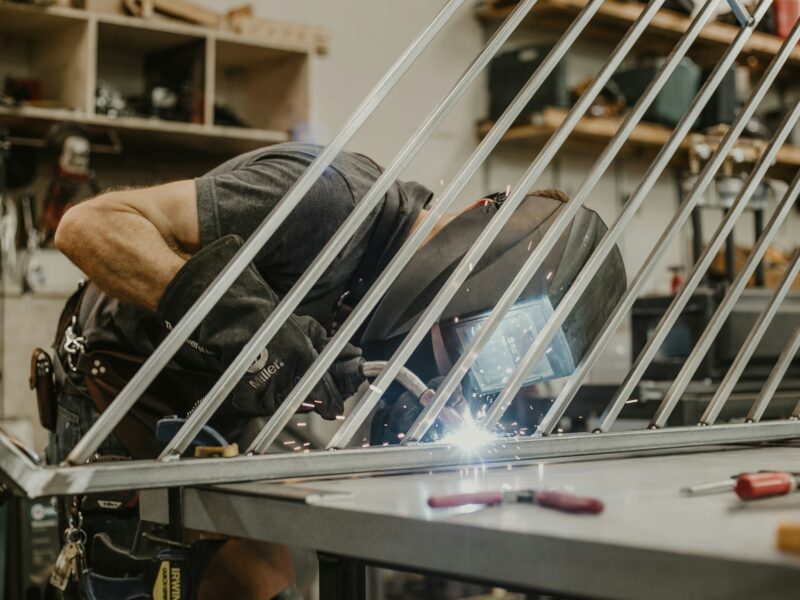If you have equipment or furniture to move, it’s essential to use casters that can handle the weight and environment where you plan to use them. Casters are more than just wheels; they come in many styles, sizes, materials, and swiveling and braking options.
You’ll also want to consider the mounting type you’ll need — plate mounts that bolt into place or stem types that screw into a hole.
Contents
Load Capacity
Casters might seem like minor accessories on your equipment, but choosing the wrong ones can cost you big. Incorrectly sized or rated casters can lead to a failure that results in costly downtime for your equipment and business.
Load capacity is one of the most significant factors determining the right caster for your application. To calculate how much weight each caster can hold, take the maximum cart load and divide it by the number of casters. Then, add a safety buffer to account for unexpected loads or shifts in the equipment.
Many medium-duty casters fail due to incorrect load distribution and excessive stress on the components. This is especially true for kingpin bolt and rivet-based designs where the load is concentrated on a small area. Kingpin design reduces this stress by distributing it across the entire top plate and yoke base for better load capacity and longer life. Other issues include wheel material and environmental conditions. For example, metal wheels can leave rust marks on floors, while phenolic and polyurethane wheels collect staples and other debris that can cause holes in the floor or carve grooves into the flooring.
Material
The material used to create casters can also significantly affect the decision process. The most common caster materials include steel, cast iron, and various surface finishes to resist corrosion.
The type of flooring and environment in which the light-duty casters will be used also impacts the selection process. Softer caster wheels made from rubber or polyurethane offer floor protection and are more suitable for sensitive environments than hard metal wheels.
For example, low-profile furniture casters are designed to support the weight of items like refrigerators while short enough to allow them to roll into tight spaces. These casters are often available in sizes up to 3 inches in diameter and have a stylish design that complements almost any furniture or equipment. Choosing suitable casters for your material handling application can help improve efficiency and reduce downtime by making it easier to maneuver your equipment. Selecting a high-quality caster will also protect your investment with superior durability and performance.
Style
Casters are the critical hardware that makes different furniture, equipment, or appliances movable. They are available in various load capacities, wheels, or mounting styles to meet specific applications and environments.
There are two primary casters: stem mount and plate mount. Stem casters clip onto the bottom of your furniture or equipment, while plate casters are screwed on. The type of equipment or furniture that you have and the type of surface it will run on will determine which style will work best for you.
For example, if you need to move large furniture or heavy equipment over rough terrain, you’ll want swivel casters that allow you to change direction quickly. If you need to transport your furniture across a shipping yard or warehouse, rigid casters are an excellent choice for stability and strength. You can also select casters that lock into place to ensure they don’t move until needed.
Installation
Whether replacing old casters or adding them to new equipment, it’s essential to follow the proper steps to ensure they are correctly installed and operating. The most common mistakes include neglecting the load capacity of a caster, using a caster with an incorrect stem size, and failing to consider the flooring conditions at a facility.
While caster wheels might seem like a small detail, they can dramatically improve the maneuverability of equipment and objects. By allowing heavy items to roll on a stable surface, these simple machines reduce friction and make it much easier to move large, bulky objects that would otherwise be unmanageable. Choosing the suitable casters for your specific application requires some thought and consideration, but with the proper knowledge, you can find the perfect wheels for your needs.



